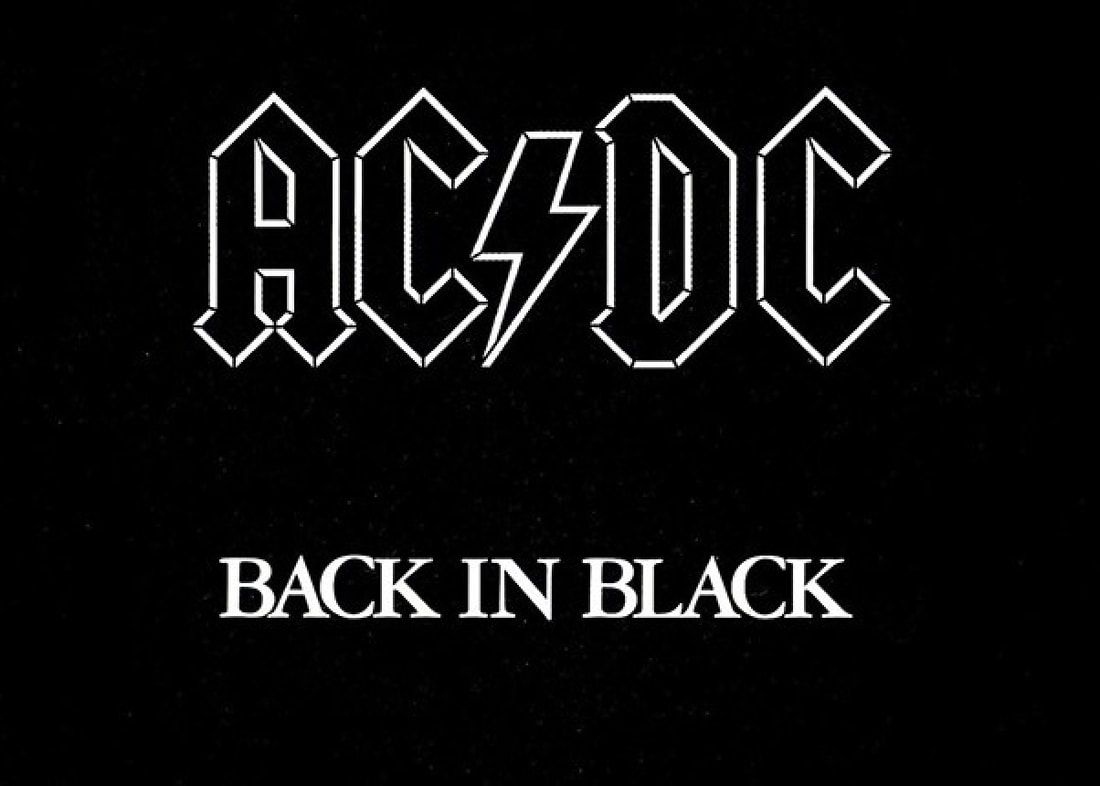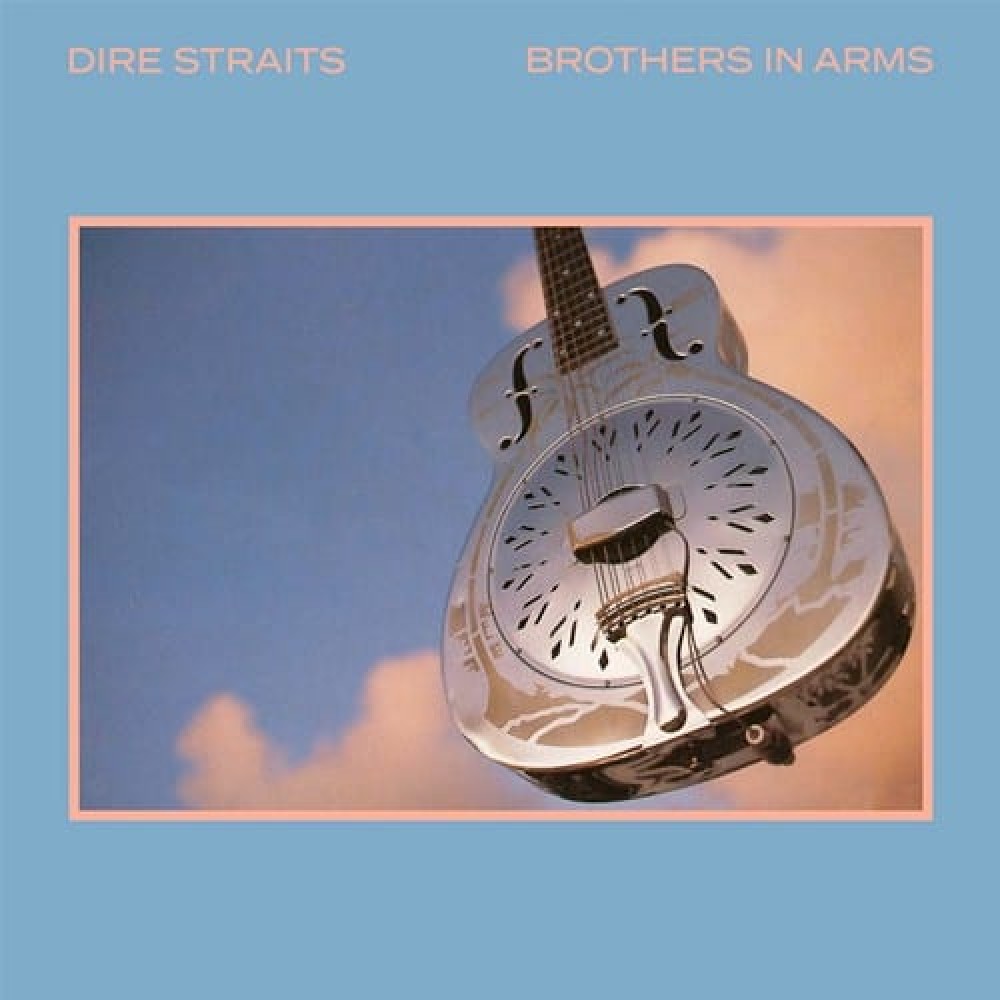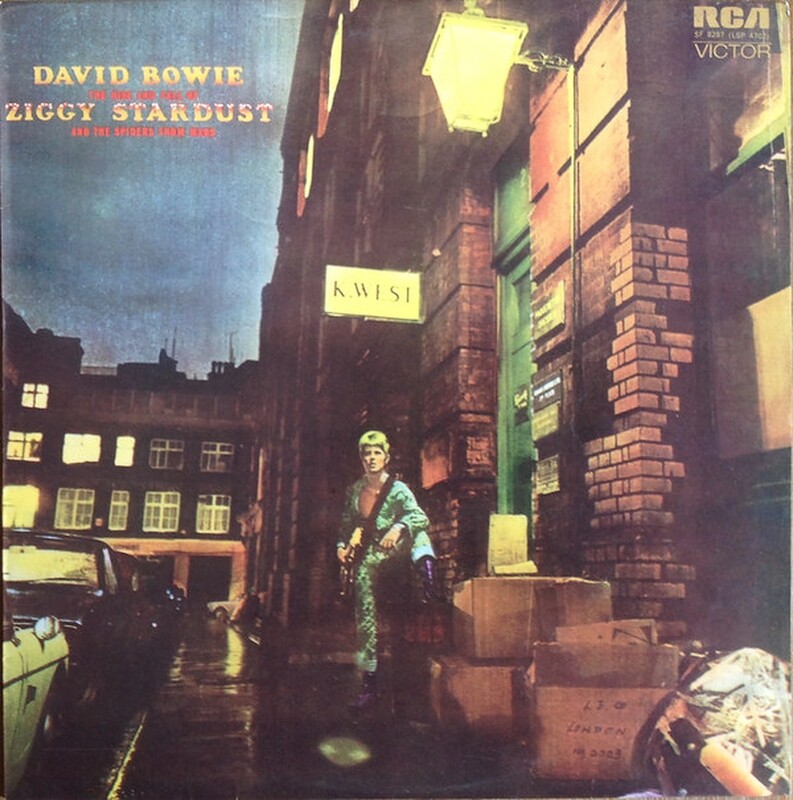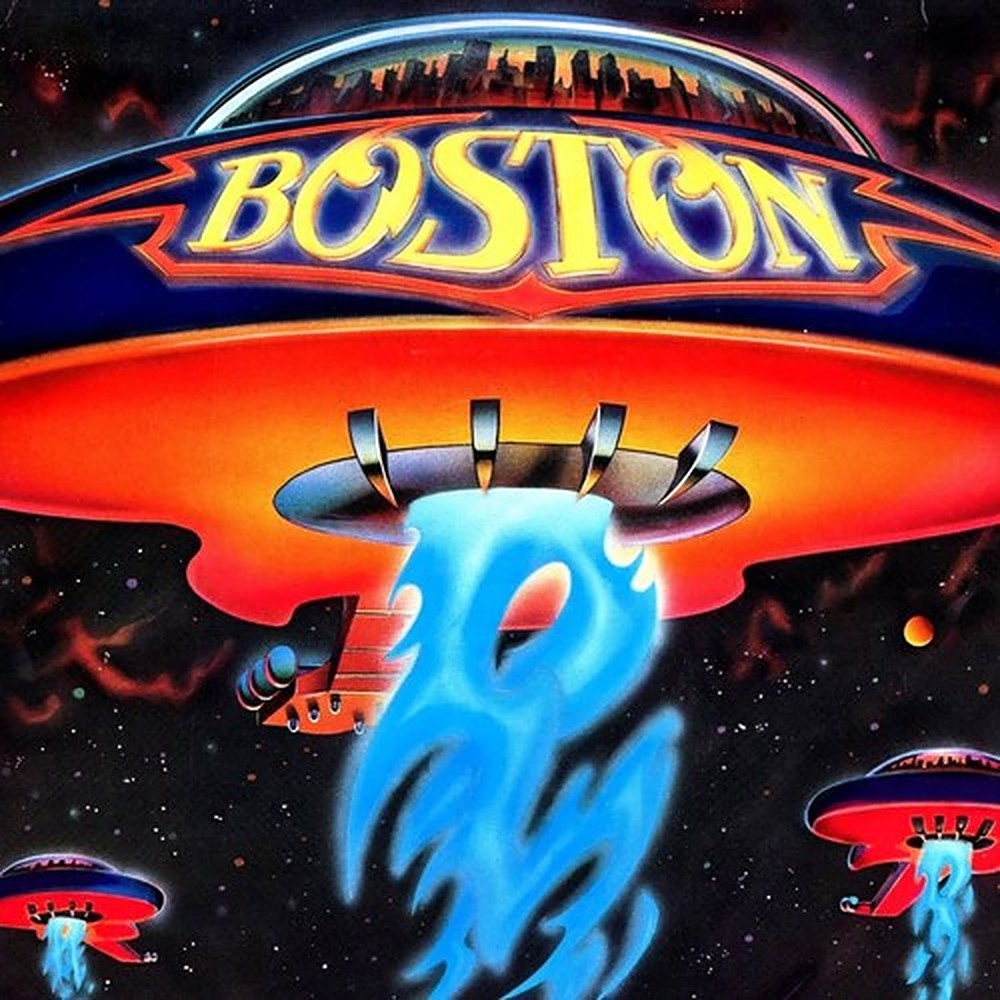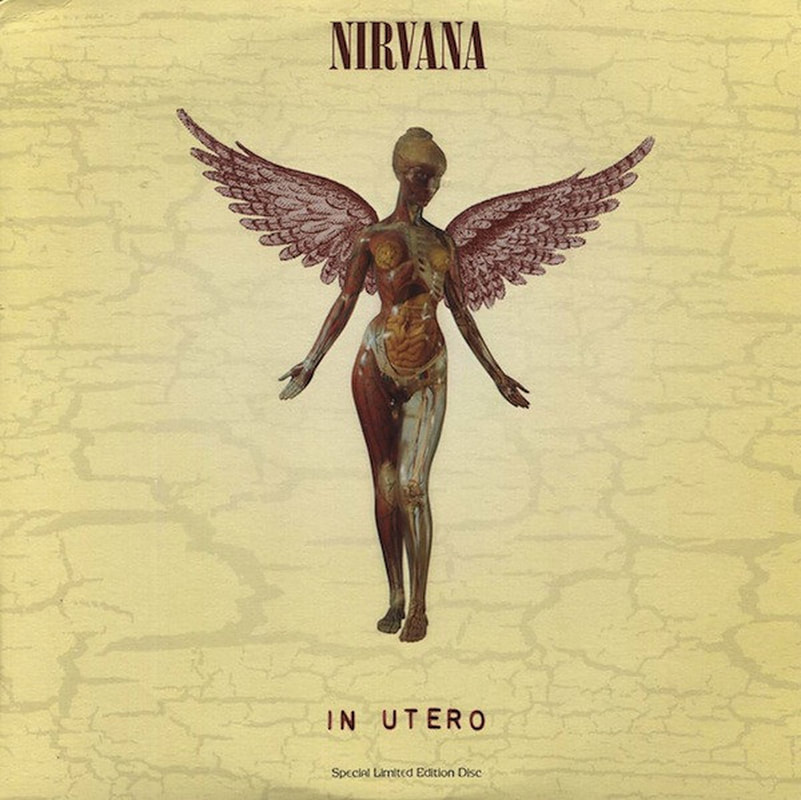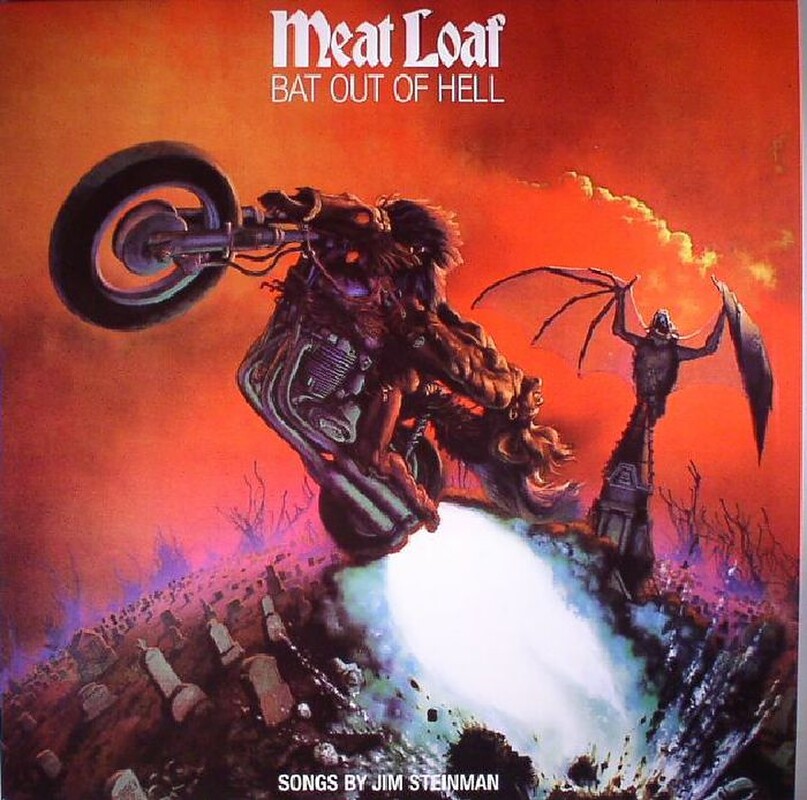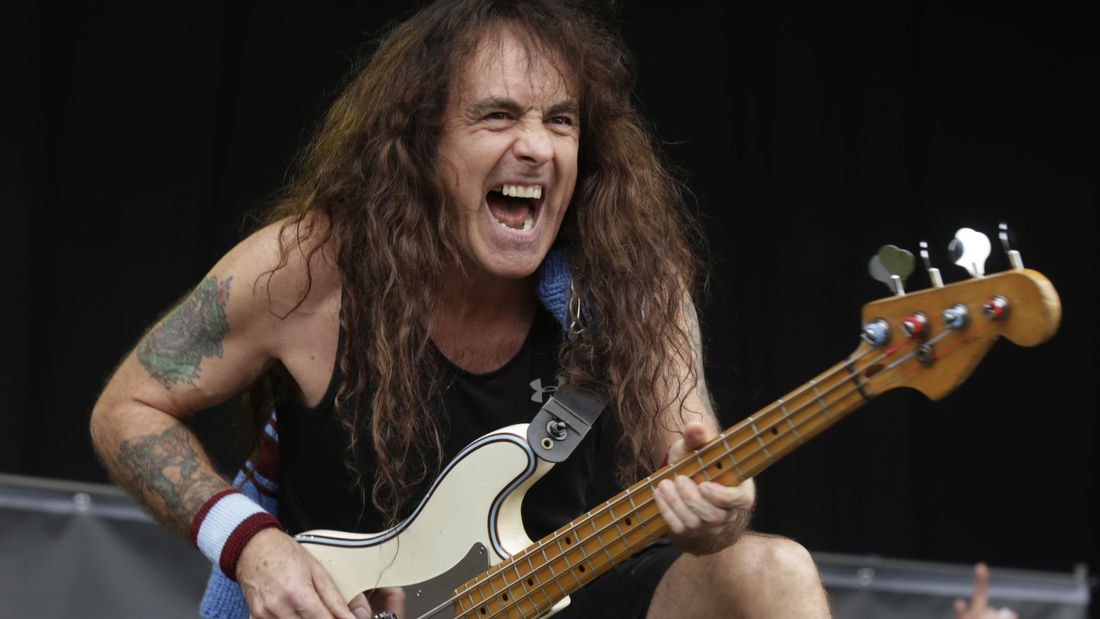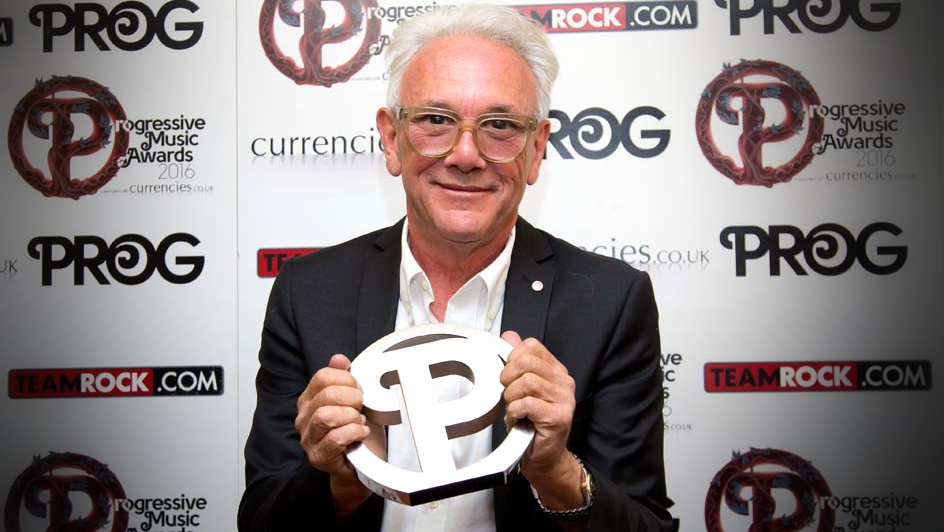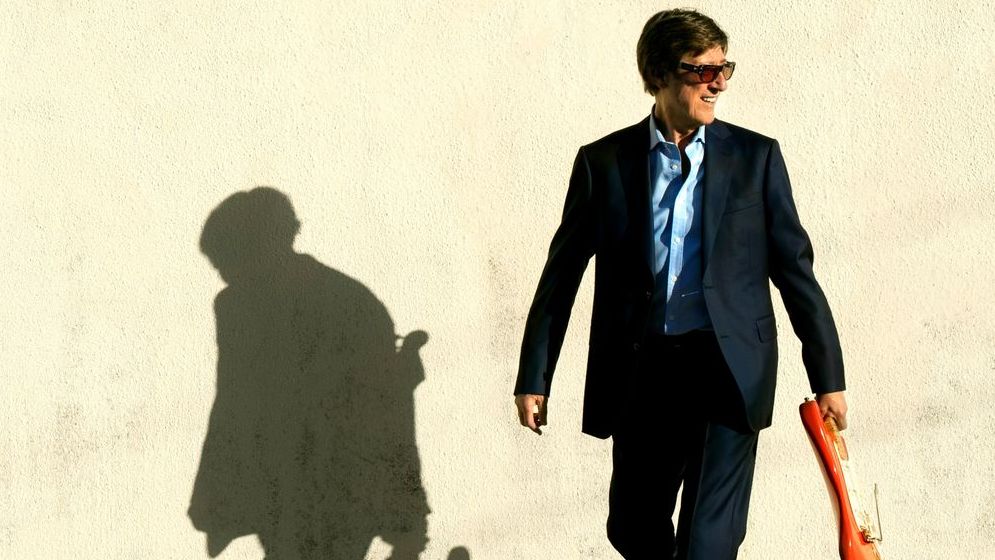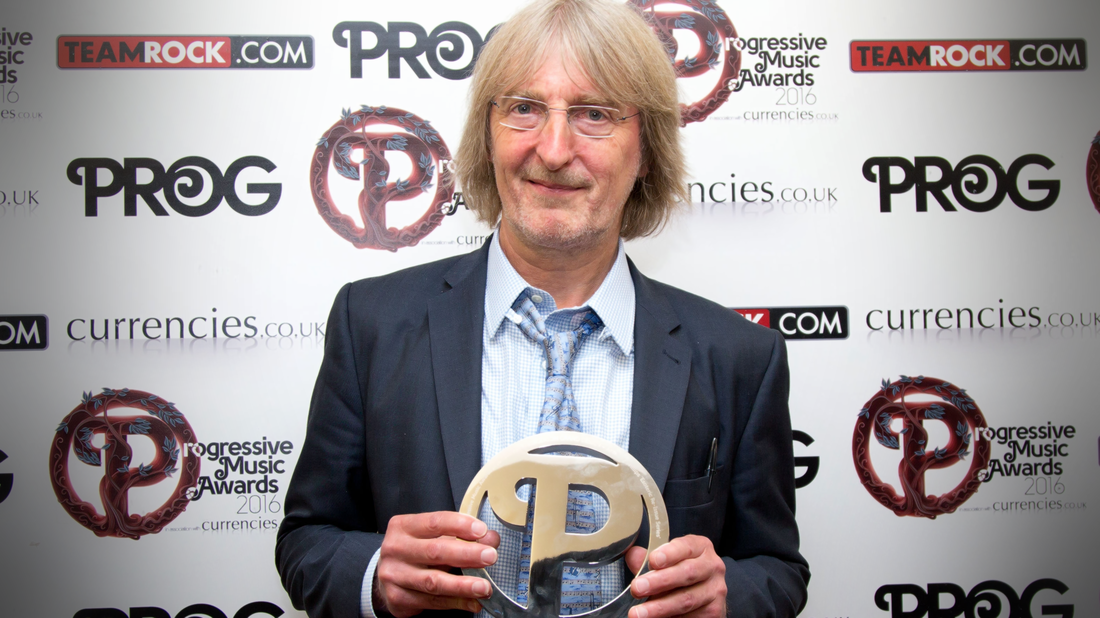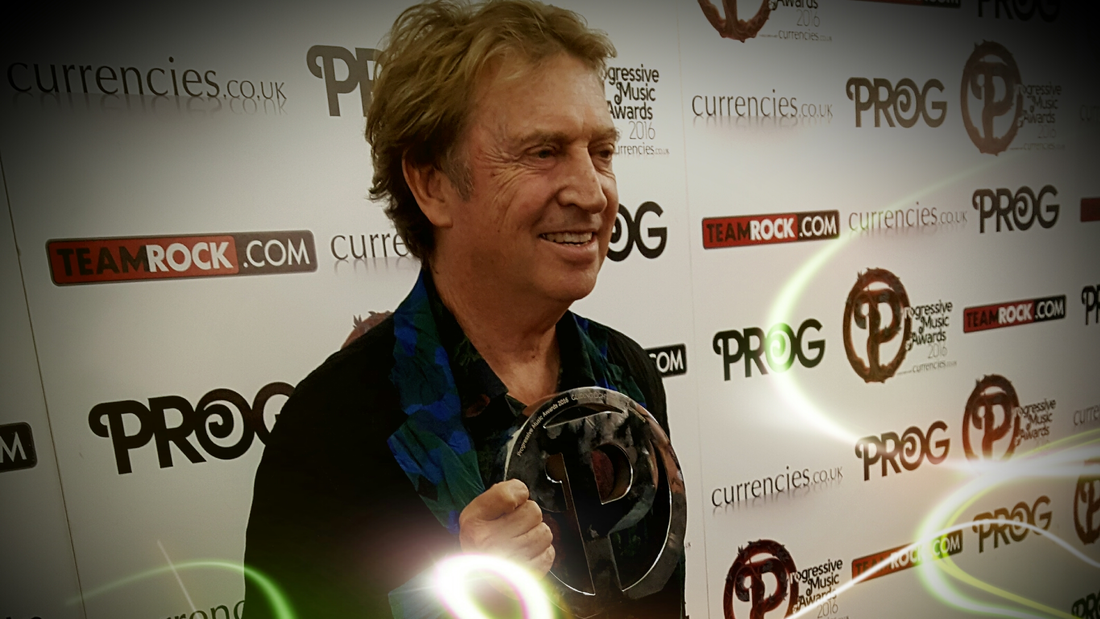AC/DC’s first album with their new vocalist Brian Johnson, after the tragic death of Bon Scott. The sound quality of Back in Black was considered so good, several Nashville studios would use it to check room acoustics, and fellow rock band Motörhead (whose own albums were so great, they’ve inspired everything from Metallica to online casino slots) would use the album to tune their sound systems before live shows.
Recorded over a 7-week period at Compass Point Studios in The Bahamas, the band’s recording sessions were plagued by poor weather, electrical problems, and even a noisy crab shuffling across the floor during a guitar-tracking session.
After recording, the album was mixed in New York by Malcolm Young, Mutt Lange, and Tony Platt. This is also where Malcolm Young came up with the idea for the portentous tolling bell in “Hells Bells”, and he had a custom-made bell commissioned from a specialist foundry. In the end, all of the band’s hard work paid off, and the album resurrected AC/DC after the death of original vocalist Bon Scott.
Dire Straits - Brothers in Arms
Always staying on top of the latest tech for recording music, Mark Knopfler had no qualms with investing in the best available studio technology, and Brothers in Arms was one of the first albums to be recorded on a Sony 24-track digital tape machine, in 16-bit / 44.1kHz.
Knopfler’s signature guitar sound, especially on the track “Money for Nothing”, was the result of a “happy accident” of microphone placements, which producer Neil Dorfsman was never able to recreate - there must’ve just been something magical about that recording session.
David Bowie - Ziggy Stardust
Bowie was reportedly “decisive and absolute” in his sense of purpose for the album, and nearly every track was recorded live, with plenty of re-recordings due to Bowie’s desire to bring the best out of his band.
Bowie’s artistic brilliance was certainly showcased on this album as well. Bassist Trevor Bolder recalled how Bowie would find random instruments such as trumpets and accordions in the studio, and find ways to place them somewhere in the mix.
While there have been many pressings and reissues of Ziggy Stardust over the years, many vinyl fans agree that the 6E/4E orange RCA label pressing has the clearest sound.
Boston - Boston
Songwriter, guitarist, and studio engineer Tom Scholz insisted on recording this album in his personal basement studio, to the point that he created an elaborate ruse to trick record label Epic into thinking the band was recording somewhere on the west coast, after Epic wanted the album recorded in a label studio.
Scholz recorded pretty much the entire album by himself in his basement studio, with help from engineer Paul Grupp, while the rest of the band pretended to record in Los Angeles. Boston is basically the story of how one man recorded one of the most amazing-sounding albums of all time in his basement, while pulling the wool over the record label’s eyes.
Nirvana - In Utero
Record label DGC did not find Albini’s mixes to be “commercially viable” and R.E.M producer Scott Litt was hired to remix the songs that were intended as radio singles. However, Albini’s original mixes were released as bonus tracks on the 20th anniversary release edition, and audiophiles today debate whether Albini or Litt’s mixes were the better versions, as both have very different sounds and atmosphere.
In any case, In Utero contained the raw grunge-rock sound Nirvana had always wanted to record, after long feeling stymied by DGC’s insistence on more “polished” sounding albums.
Meat Loaf - Bat out of Hell
They spent most of 1975 writing and recording the album, and another two years pitching it to nearly every record label. CBS executive Clive Davis even ridiculed Steinman’s songwriting abilities, telling him to “buy some rock-and-roll records” to learn how to write music.
When the album was finally accepted by Cleveland International Records and released to public airwaves, it was perceived as so uncool and over-the-top, owning a copy was actually cool. The album has gone on to sell over 43 million copies worldwide. While audiophiles debate over the sound qualities of the many different pressings and re-issues of the album, the production value was always in Steinman’s creative genius.

